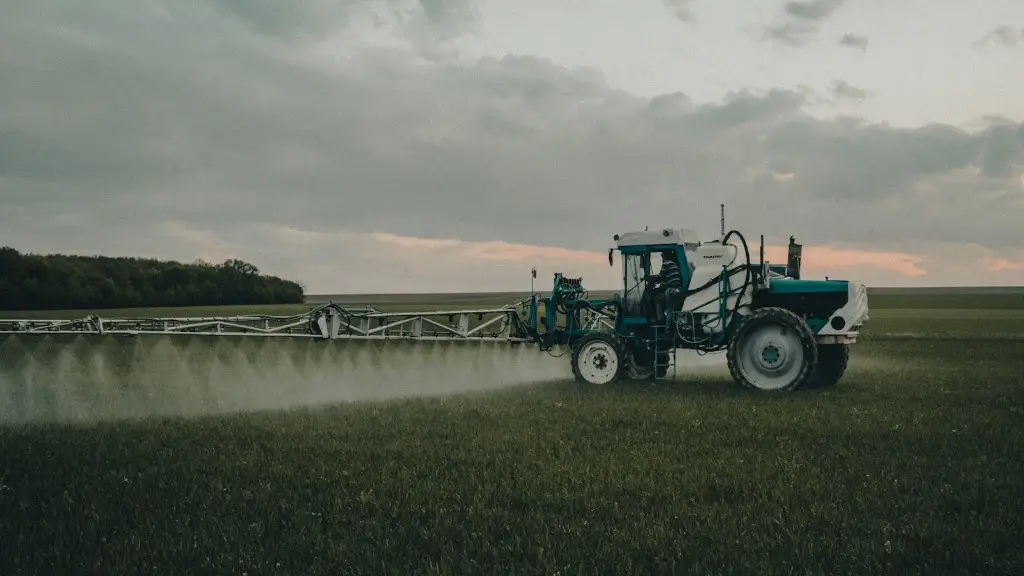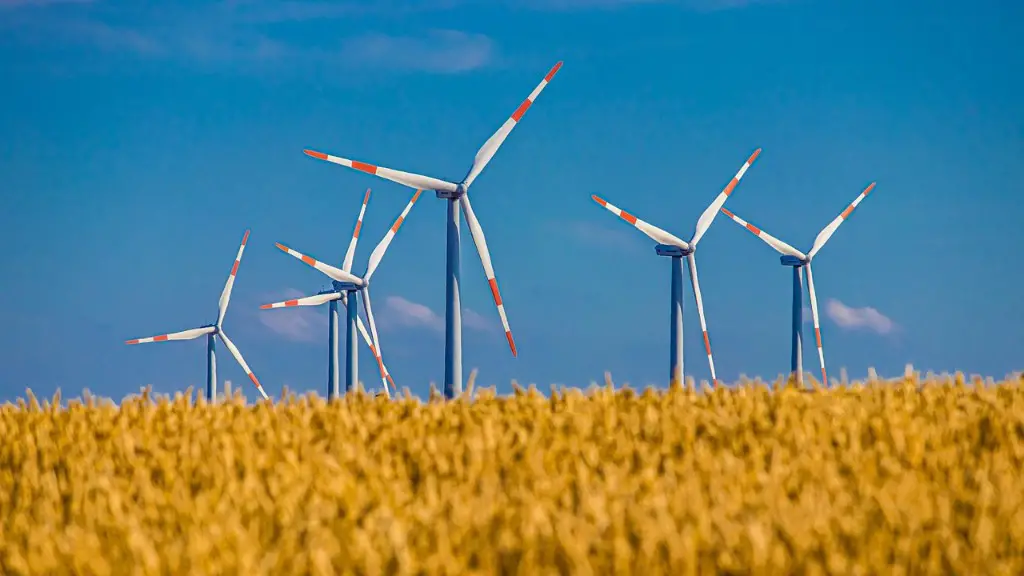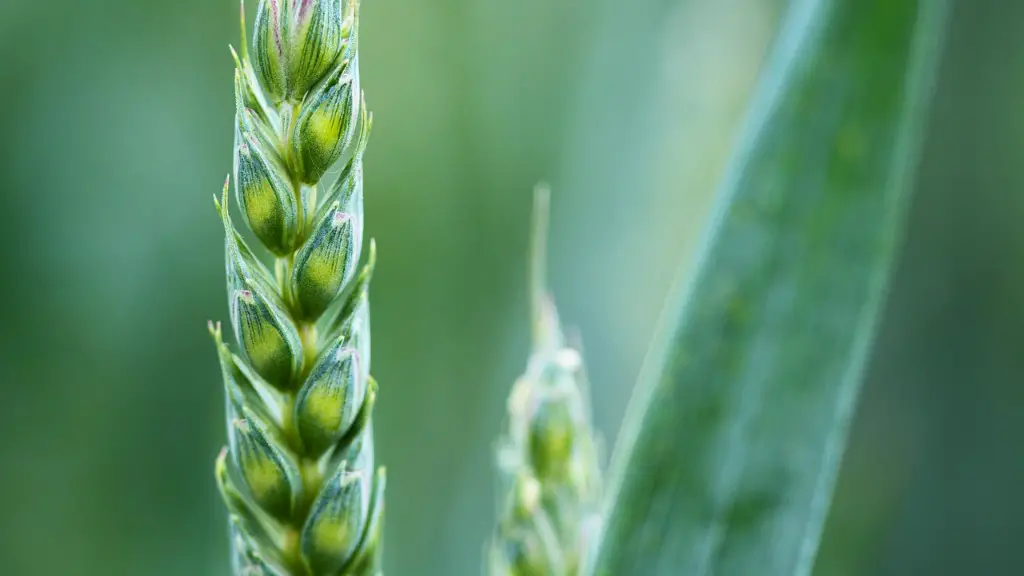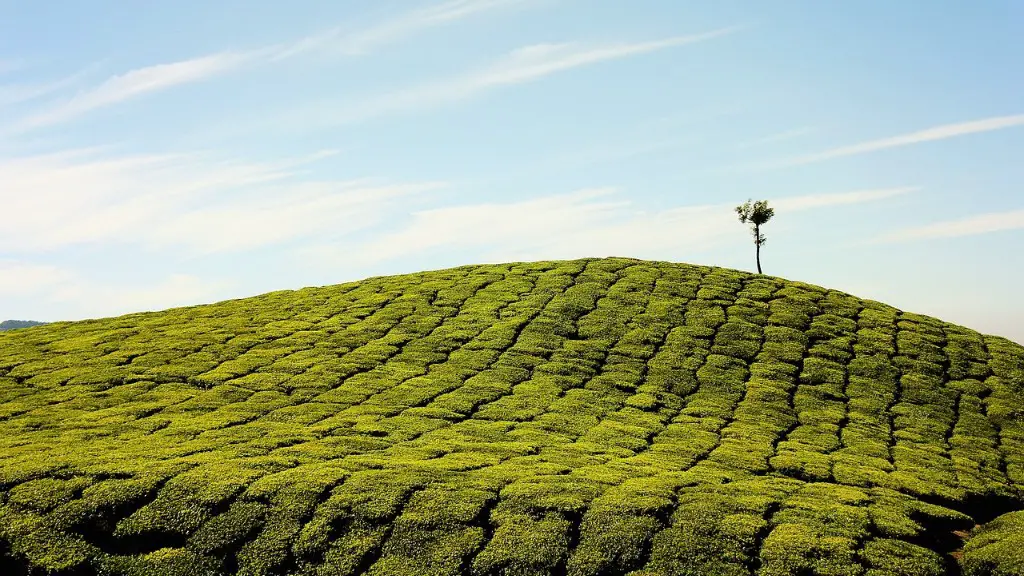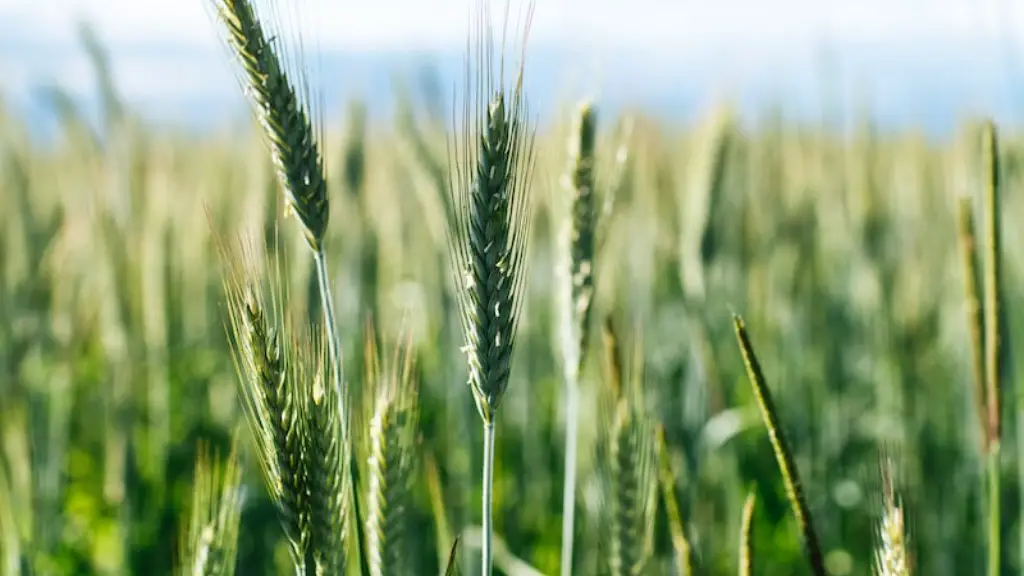Top dressing is a common agronomic practice that is utilized to ensure the condition and fertility of soil for the production of crops. It consists of the application of various materials to the surface of a soil in order to improve various aspects of the quality and health of the soil. The materials used in top dressing are dependent on the specific crop, soil and the region in which the crop is located. In general, top dressing has four main objectives, which include improving the physical condition of the soil, providing nutritional inputs to the soil, increasing the organic content of the soil, and improving the fertility of the soil.
Types of Materials Used for Top Dressing
The materials used for top dressing depend on the soil type, crop type and the agronomic goals. Some of the most common materials used in top dressing include fertilizers, manure, compost, covered cropping, mulch and other soil amendments.
Fertilizers, such as nitrogen, phosphorus and potassium can be applied to the soil in order to provide important macro-nutrients for the growth and development of the crop. Manure is an excellent source of organic matter that can improve the nutrient levels in the soil. Compost is also an excellent source of organic matter that can provide important micronutrients to the soil. Covered cropping and mulching can improve the physical condition of the soil by increasing the soil’s water-holding capacity, increasing soil air space and improving soil structure.
Benefits Of Top Dressing
Top dressing helps to compensate for nutrients that are lost during crop production. It also helps to improve the physical condition of the soil, improves the overall fertility of the soil and helps to build organic matter in the soil, which is essential for maintaining the health and productivity of the soil. Top dressing can also reduce nutrient losses from the soil, thus providing essential micronutrients to the crop.
The benefits of top dressing also include enhanced crop yields, improved soil structure, increased water and nutrient holding capacity, improved mineralization rate and overall soil health. It can also reduce the risk of diseases and pests, as well as reduce the need for chemical inputs. Finally, top dressing can reduce leaching of nutrients from the soil, thus reducing environmental pollution.
Methods Of Top Dressing
Top dressing can be applied in a variety of ways. It can be broadcasted over the soil surface, applied over the base of the crop or applied by injection into the soil. Each method has its own advantages and disadvantages depending on the type of soil, the crop and the climate.
Broadcasting involves spreading the top dressing material over the soil surface and mixing it into the soil. This method is often used when a large area needs to be treated. Broadcasting is a cost-effective and simple way of applying the top dressing material.
Applying top dressing over the base of the crop is an effective way of applying the material. This method is especially useful in areas where broadcasting is impractical. This method is also effective in areas where leaching is a problem.
The injection method involves applying top dressing material directly into the soil. This method is especially useful in areas where the soil is too hard to be worked. The injection method is a more efficient way of applying top dressing material as it can reach the deeper layers of the soil.
Time Of Top Dressing
The time at which top dressing is physically applied depends on the type of material used and the type of crop. Generally speaking, the best time to apply top dressing is after the crop has been planted but before it begins to flower.
The timing of top dressing also depends on the climate and weather conditions. In areas where there is high rainfall, top dressing should be done before heavy downpours to prevent washoff of the applied materials. In areas with dry climates, top dressing should occur during the summer months.
The frequency of top dressing should also be taken into account when deciding on the timing of application. If the soil requires frequent top dressing, then more frequent applications may be necessary. On the other hand, if the soil does not require frequent top dressing, then it may be possible to apply the material at the same time as planting or once a season.
Procedures for Top Dressing
Before top dressing is applied, it is important to assess the soil in order to determine the type and amount of material that will be needed. All materials should be assessed for their potential nutrient and weed content. Any weeds present should be managed before top dressing can be done.
Once the materials needed have been determined, they should be prepared for application. Fertilizers can be purchased in pre-mixed formulations or can be purchased in bulk and blended on-site. Manure and organic amendments should be properly composted before application so as to reduce the risk of disease and weed introduction.
When top dressing is applied, it should be evenly distributed over the entire soil surface. In the case of broadcasted applications, the material should be thoroughly mixed into the soil. In the case of injections, the material should be placed into the bottom of the holes.
Top dressing should be done at the recommended rates. It is important to follow the manufacturer’s instructions regarding the application rates. It is also important to water the top dressing immediately after application in order to prevent any nutrients from washing away.
Incorporation of Top Dressing Material
Incorporation or mixing of the top dressing material into the soil is an important step in the top dressing process. Incorporation is done to ensure that the top dressing material is distributed throughout the soil and that the nutrients it contains can be taken up by the crop. The depth at which the material is incorporated depends on the type of material used and the type of soil.
Incorporation can be done in a variety of ways, such as by mechanical incorporation or by manual incorporation. Mechanical incorporation can be done by rotary tillers, chisel plows or power harrows. Manual incorporation can also be done with shovels, rakes or hoes.
Incorporation is an important step in the top dressing process. It ensures that the top dressing material is uniformly mixed into the soil and that the nutrients it contains can be taken up by the crop. It is also important to monitor the soil periodically in order to ensure the top dressing material is being effectively incorporated.
Monitoring and Maintenance of Top Dressings
Top dressing materials should be monitored and maintained on a regular basis to ensure they are functioning properly and to ensure they are providing the desired benefits to the soil. It is important to periodically assess the soil for nutrients and condition, as well as for the presence of weed and disease organisms.
The timing and frequency of monitoring will depend on the soil type, the crop and the climate. In areas where there is high rainfall, monitoring should occur more frequently in order to ensure the top dressing material has not been washed off. In areas with dry climates, monitoring should occur less often, as the top dressing material is less likely to be washed off.
It is also important to maintain the top dressing material by replenishing it when appropriate. This may be done by adding more top dressing material, adding compost or fertilizers, or by adding other organic materials. It is also important to perform maintenance activities such as tilling and cutting back cover crops to ensure that the top dressing material is not being smothered.
Top dressing is an important agronomic practice that helps to improve the condition and fertility of soil and enhance crop yields. It consists of the application of various materials to the surface of the soil and can be done in a variety of ways depending on the soil type, crop type and climate. Top dressing materials should be monitored and maintained on a regular basis to ensure they are providing the desired benefits to the soil. Incorporation of the top dressing material is also an important step in the top dressing process to ensure the materials are distributed throughout the soil and the nutrients it contains can be taken up by the crop.

